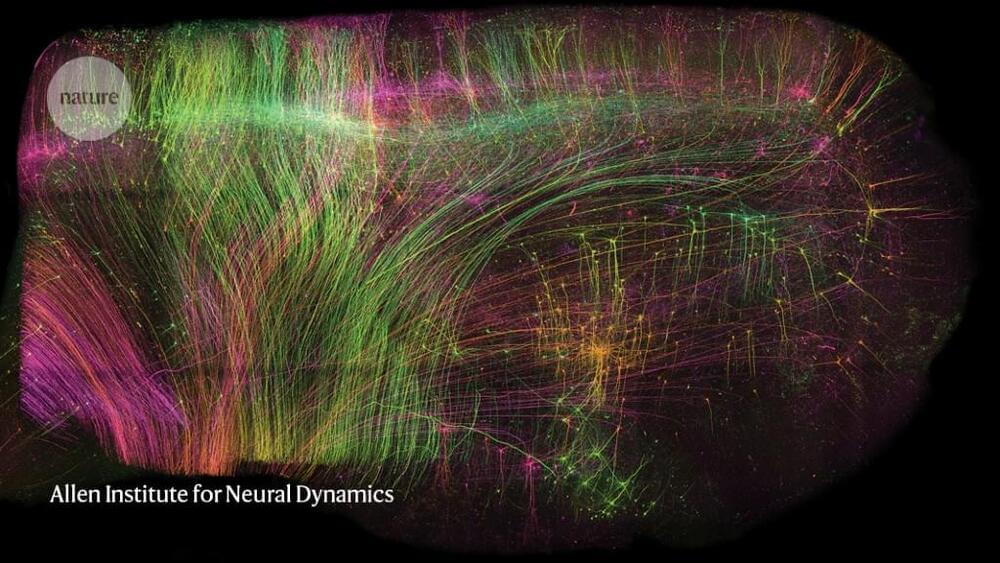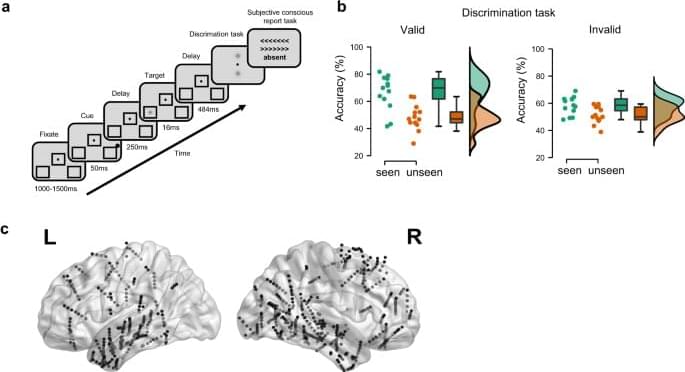Aug 16, 2023
Google’s AI search experience adds AI-powered summaries, definitions and coding improvements
Posted by Gemechu Taye in categories: economics, internet, robotics/AI
Google today is rolling out a few new updates to its nearly three-month-old Search Generative Experience (SGE), the company’s AI-powered conversational mode in Search, with a goal of helping users better learn and make sense of the information they discover on the web. The features include tools to see definitions of unfamiliar terms, those that help to improve your understanding and coding information across languages, and an interesting feature that lets you tap into the AI power of SGE while you’re browsing.
The company explains that these improvements aim to help people better understand complicated concepts or complex topics, boost their coding skills and more.
One of the new features will let you hover over certain words to preview their definitions and see related images or diagrams related to the topic, which you can then tap on to learn more. This feature will become available across Google’s AI-generated responses to topics or questions related to certain subjects, like STEM, economics, history and others, where you may encounter terms you don’t understand or concepts you want to dive deeper into for a better understanding.


















